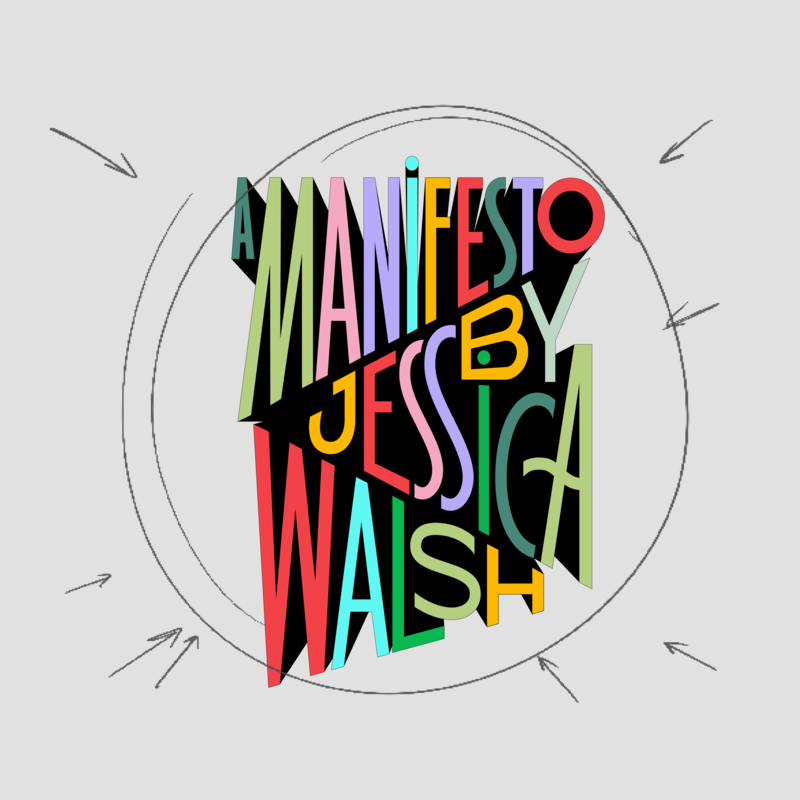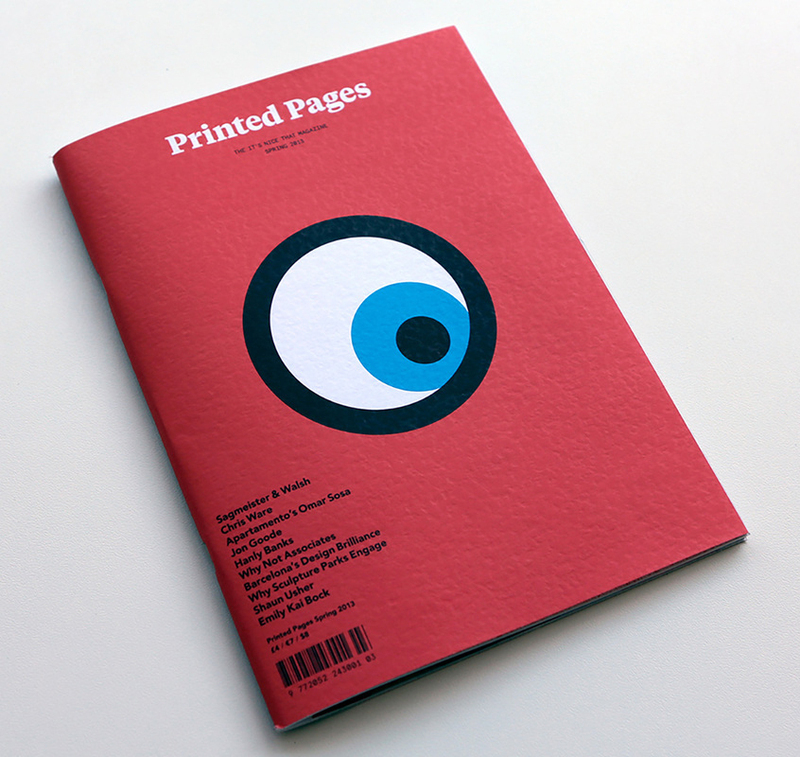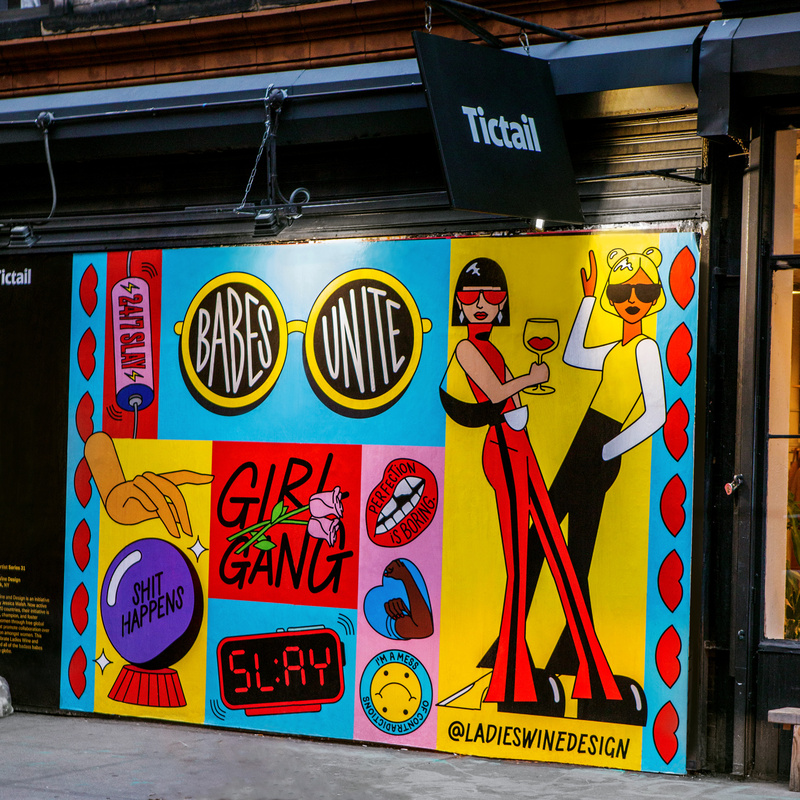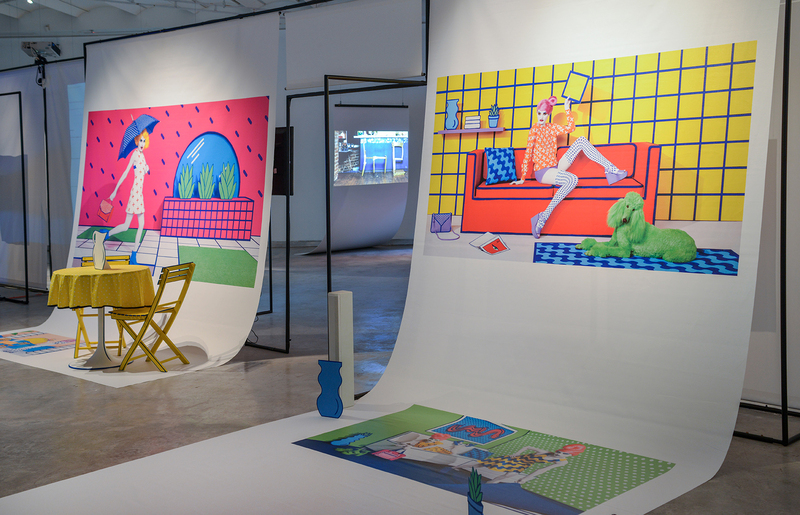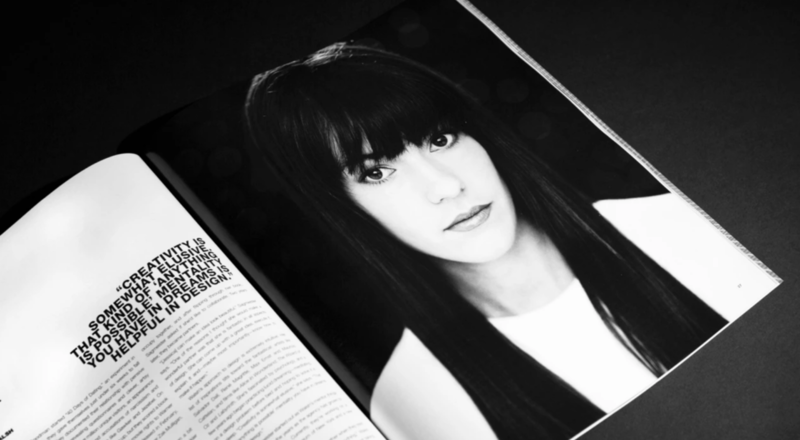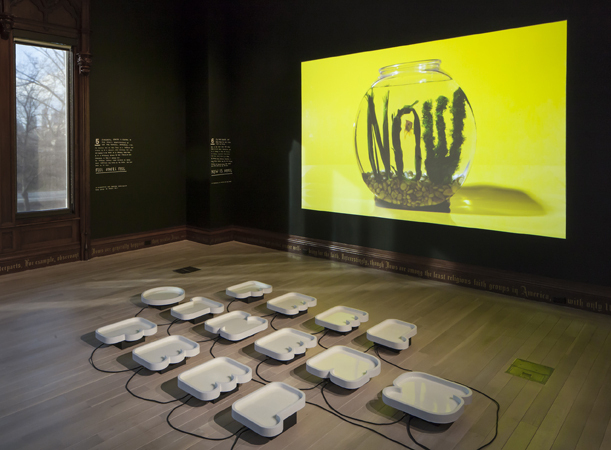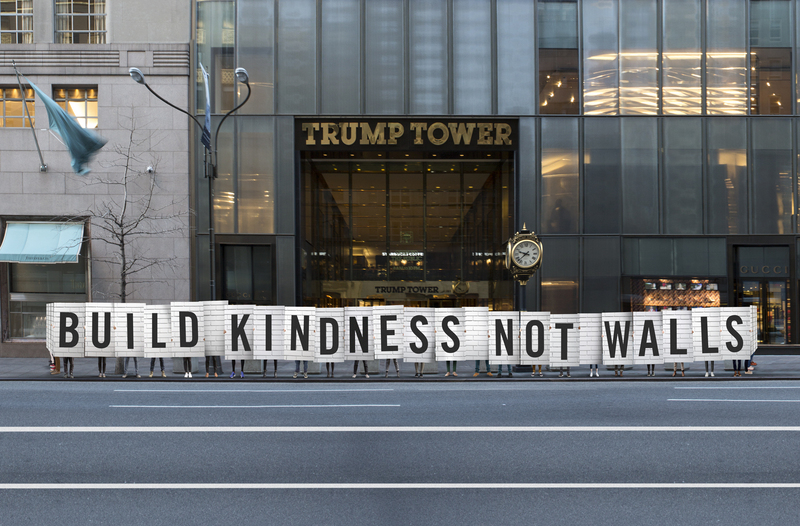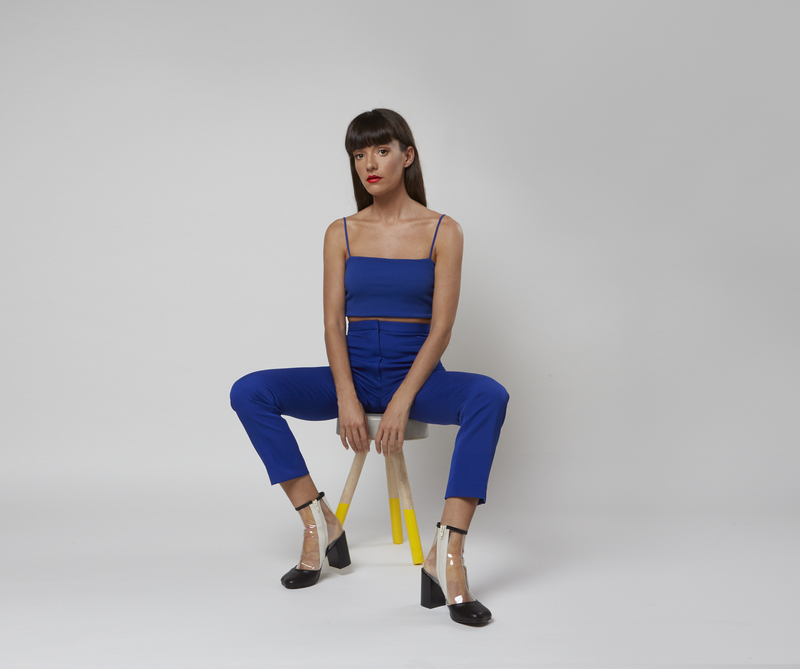Self-initiated projects are a great way to exercise your creativity, experiment with techniques & show the world what you’re capable of making. Sometimes, these ideas can turn into businesses. Even when the goal isn’t profit, these types of projects can often lead to people discovering your creative work & getting more work in the future. In 5 steps, I’ve broken down how to come up with ideas, how to make them happen & how to get them noticed.
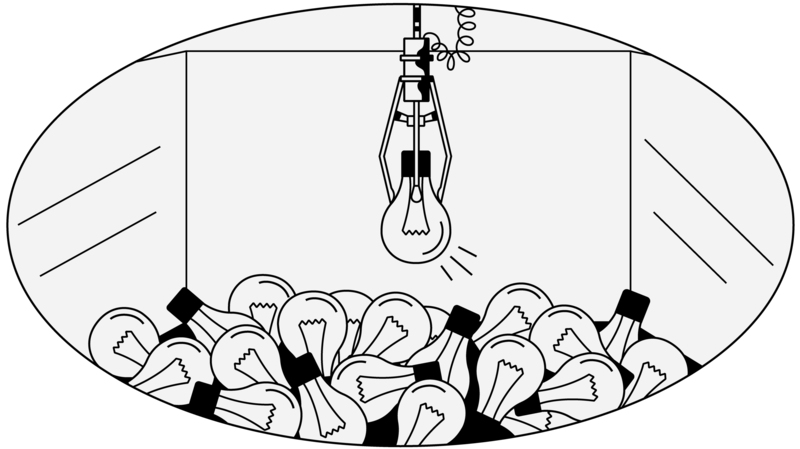
Part One: Coming up with ideas
Many people struggle with ideas for self-initiated projects or business concepts. It’s easier with client work since you're given set rules & limitations from the client or boss, such as timeline, budgets, pre-existing style guides or creative directions. With your own projects, you can do anything! That is exciting but also daunting. Most people drown when possibilities of what you can do are endless. It’s like going to a restaurant with a thousand menu items, it’s much harder to choose what you want.
So, how do you come up with ideas? I believe many of the best concepts start with the question, “Why?” What are the struggles in your life? Start a "Shit List" notebook of everything that drives you mad. These could be things that bother you in your life, daily routine, things that bother you about yourself or things you think can be improved in the world. Pain, anger & frustration is where many beautiful ideas are born.
For example: Why are my roommates never doing the dishes? Why can't I move past my grandmother's death? Why can I never find anything to wear in the morning? Why is it so difficult to sleep? Why does no one seem to care about the extinction of Sumatran Elephants? Create a list of all these “Whys?” and hone in on the ones that you’re most passionate about. The things that excite and infuriate you are what you’re most likely to dedicate your time following through with.
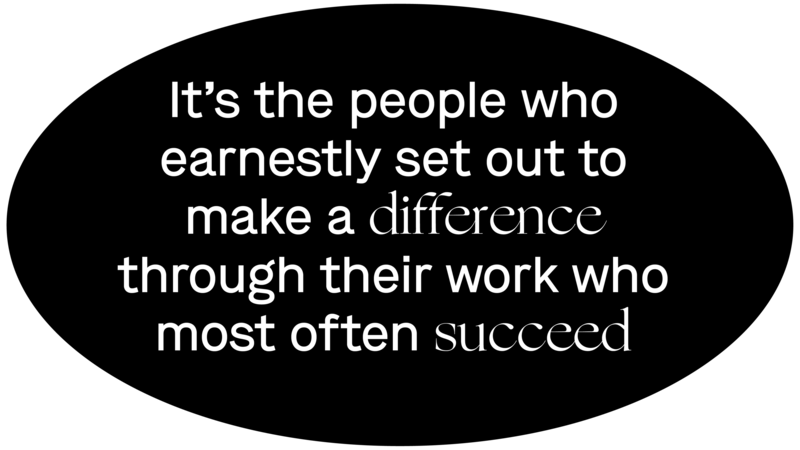
Part Two: What can you do about it
Ask yourself what you could do about each of these "Why!?" questions. Make mind maps & word association charts. Is there a way you could solve or tackle these problems through a website or app? Could you confront any of these issues through an art project using your creative skills? Could you start a dialogue about this topic through an Instagram account?
If your struggle is with your roommates never doing the dishes, maybe you make an app that helps you split up & schedule chores. If you are a hoarder of clothing but can never find anything to wear, maybe you invent a site that lets you easily catalog the clothing in your closet and try on clothes via a customized avatar. If you’re struggling with the death of your grandmother, maybe you create an Instagram handle where each day you post an artwork about a piece of advice she gave to you growing up.
After you have your list of ideas of what you could create, hone in on the ones you think are most feasible with your time and resources. If your idea is to make a documentary about animal extinction but you don't have access to film equipment, resources for travel or editing costs, maybe choose a simpler idea or go back to the drawing board on what you can actually make happen.
People have asked me, "You've made so many viral projects, what's the secret to making a project go viral?!" My answer is this: stop trying to make viral projects. That was never my intention with my work.
I’ve read many biographies of founders who started successful companies, and their businesses almost always start with a real struggle, frustration or problem they saw in the world or in their life that they wanted to fix. From my experience, the people chasing fame and money rarely wind up successful. It's the people who earnestly set out to change something and make a difference through their projects, products or work who most often succeed.
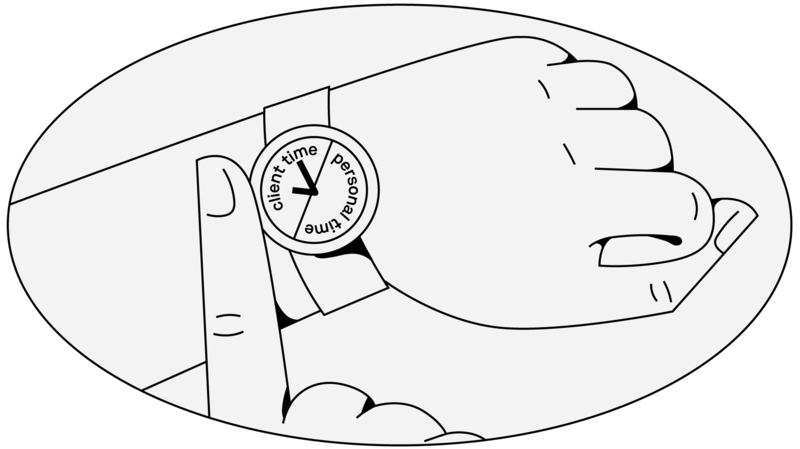
Part Three: Create a plan
The next challenge is following through and producing your idea. One of the most important constraints with personal work is a timeline. If you don’t keep yourself on a strict schedule like you do with your client work, you’ll never get shit done. So the first constraint should be a deadline. Put milestones and a project launch date on the calendar and treat it like client work. I think having a partner in self-initiated work helps because you can hold each other accountable for meeting these deadlines, and you can push each other to get things made. So find a buddy like you would for going to the gym.
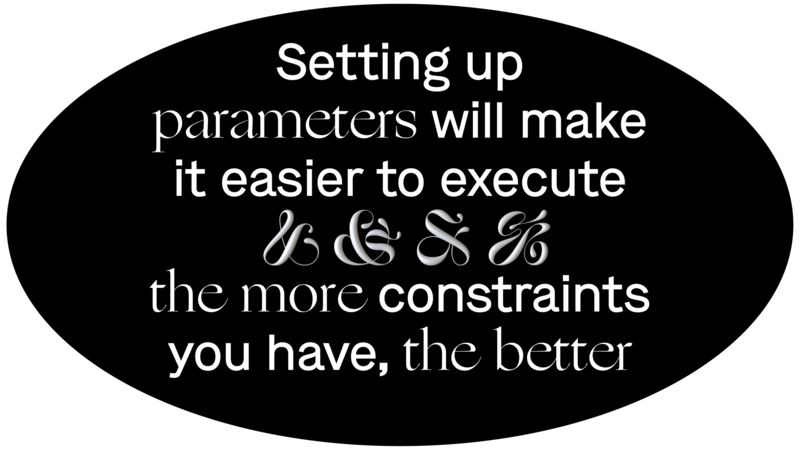
Part Four: Set some rules
After you have a deadline, you need rules & constraints to work within. For example, with 40daysofdating, we created six rules that we followed. One rule was doing daily drawings and filling out a daily questionnaire based on our feelings about the experiment that day. What are your project’s rules? Is your project something you do every day? Once a week or month? Do you take a photograph of your kids in the same spot each day? Do you do one illustration of the same thing but with a different tool or material every day? Do you challenge yourself to create a modern pattern for socks inspired by a different era of history every month? Will these live on a Tumblr? Or do you create an Instagram account? Are you mailing these out to people as you make them? A 365-page zine? Setting up parameters and sticking to them will hold you accountable and make it easier to execute. The more constraints you have, the better.
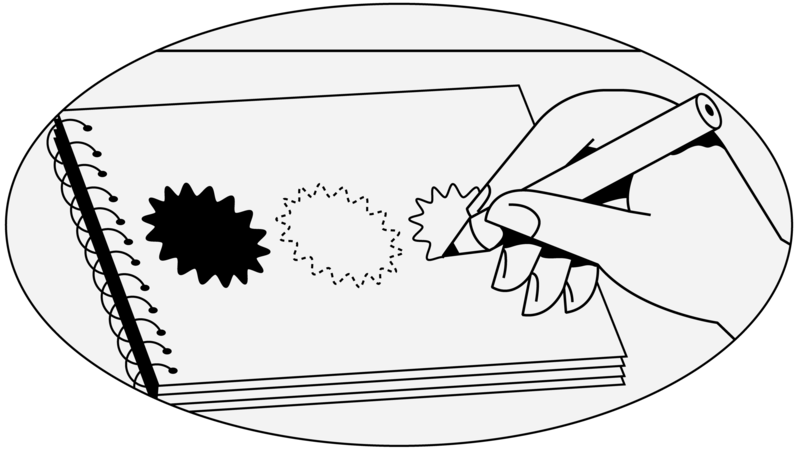
Part Five: Develop a unique style
If you have a unique creative style for your project or unusual delivery method, it can help differentiate your work and get noticed.
I could write an entire book on how to approach branding, my thoughts on this wouldn't fit in a blog post, but here are a few quick tips. First, think about what you want your project/brand to convey to your audience in terms of adjectives. Pick no more than three words (ie. Playfulness, Joy, Anger, etc). When choosing typefaces, compositions, or colors, think about these adjectives and choose design elements accordingly. Also, try giving yourself creative constraints which can help you create an ownable style. Try limiting color palettes, shapes, or the tools you use. The tighter and the more unusual the constraints, the easier it is to do something unique.
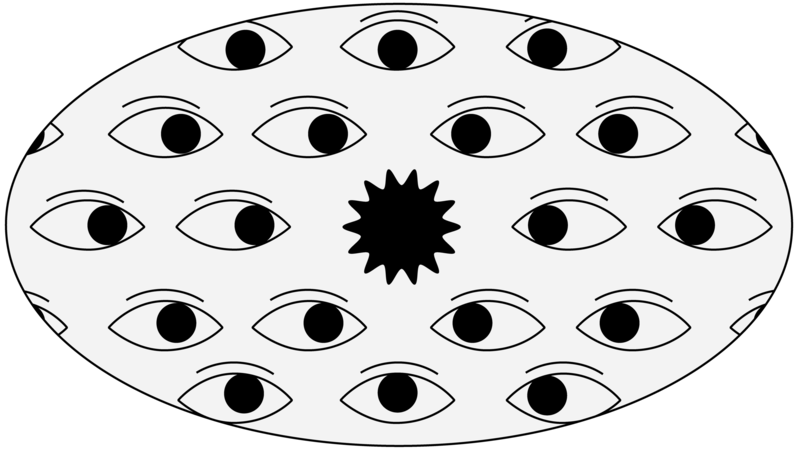
Part Six: Get your work noticed
Now that you've made your new self-initiated project or business idea, it's time to put it out into the world. If you are creating a business idea and have funding for a PR agency, great! If not, no worries, you can handle this on your own. Make a list of all your favorite blogs, websites and Instagram accounts that might feature your work. Now find the email addresses of the editors on those blogs. For Instagram, you can send a DM. Message them about your new project/business that you are launching. Include a short description of what the project is about, a link to the work, and an asset library of images or videos that help illustrate what the project is. If you're not getting responses from the larger blogs/accounts, try smaller ones! The smaller ones will be less inundated with requests and might be more likely to give you a feature. Good luck & happy launch day!
—
Written by Jessica Walsh



